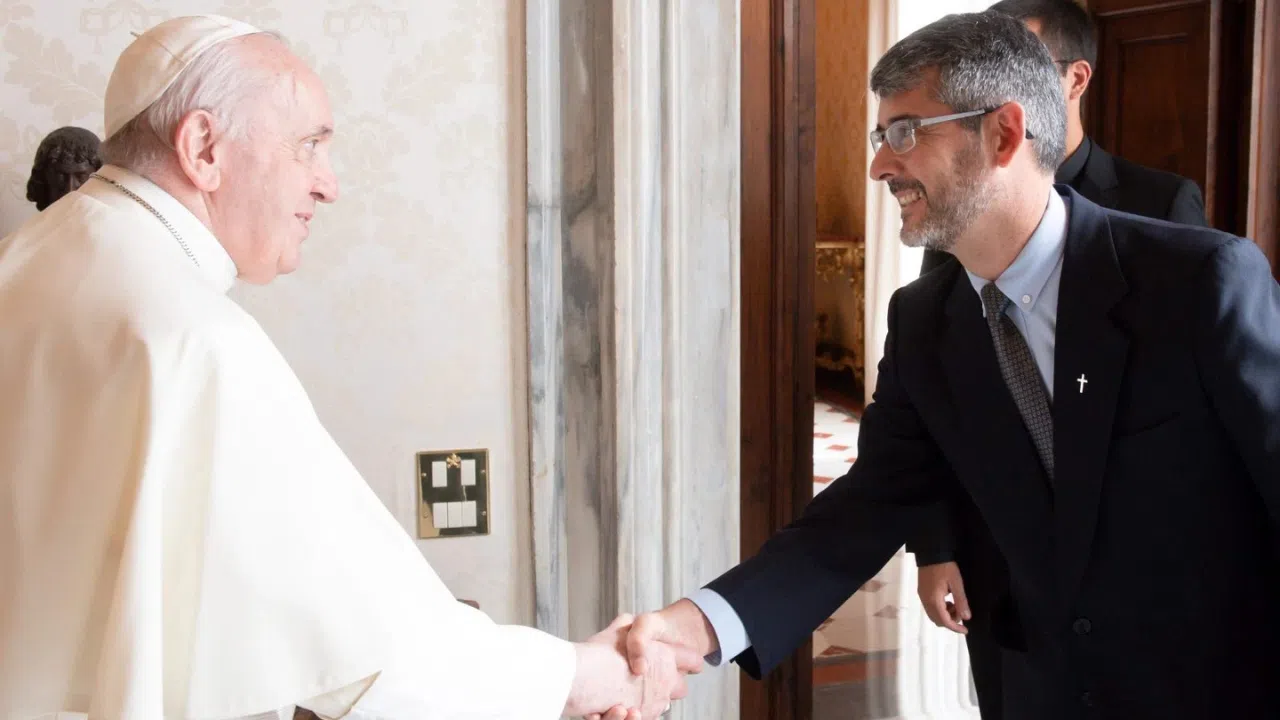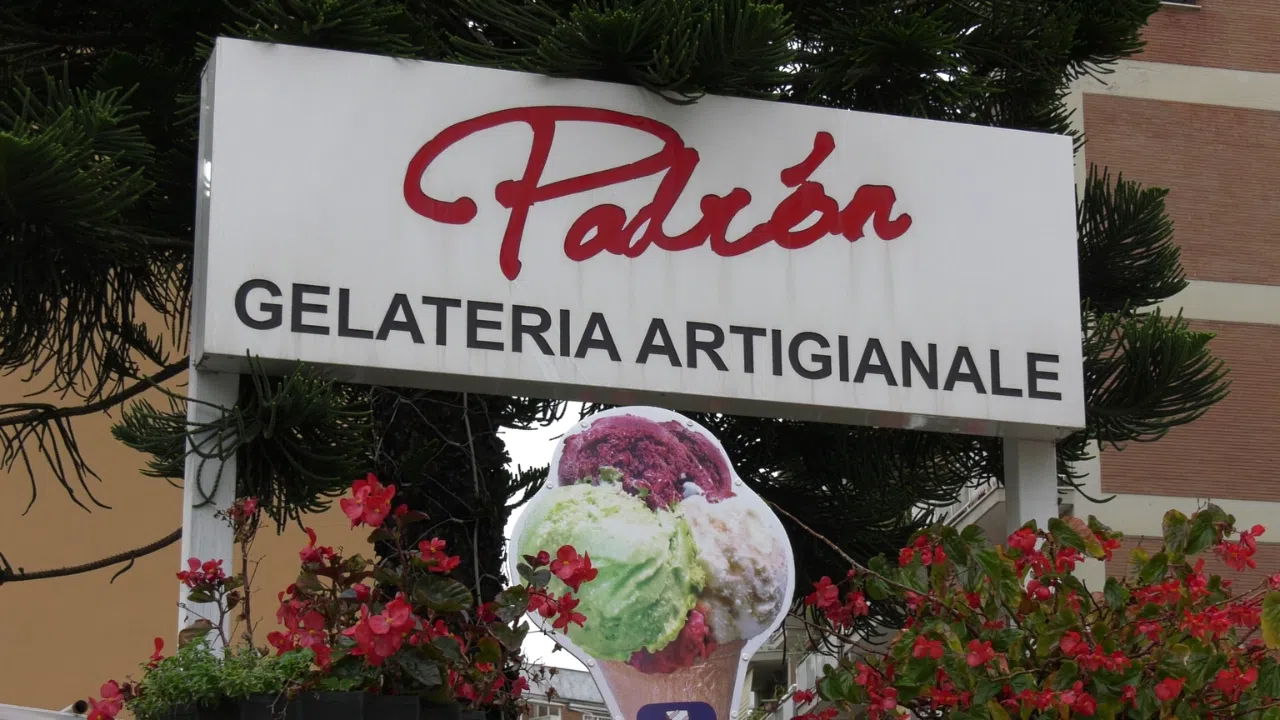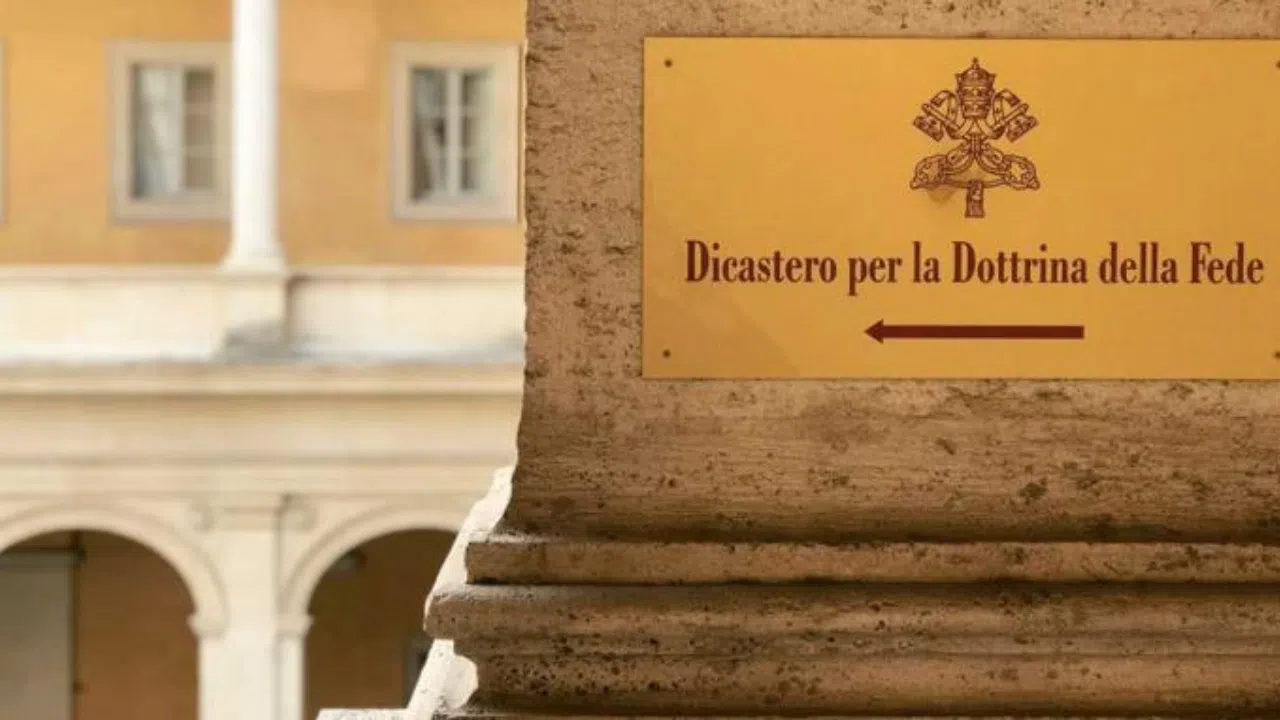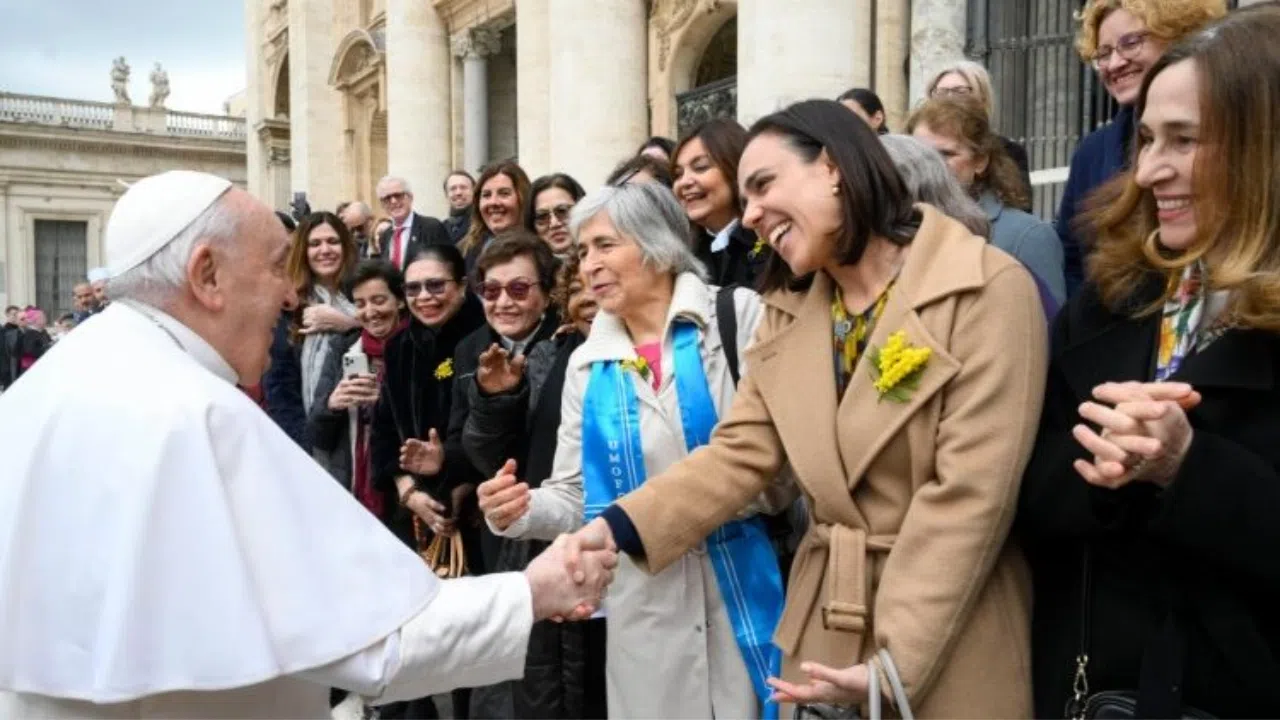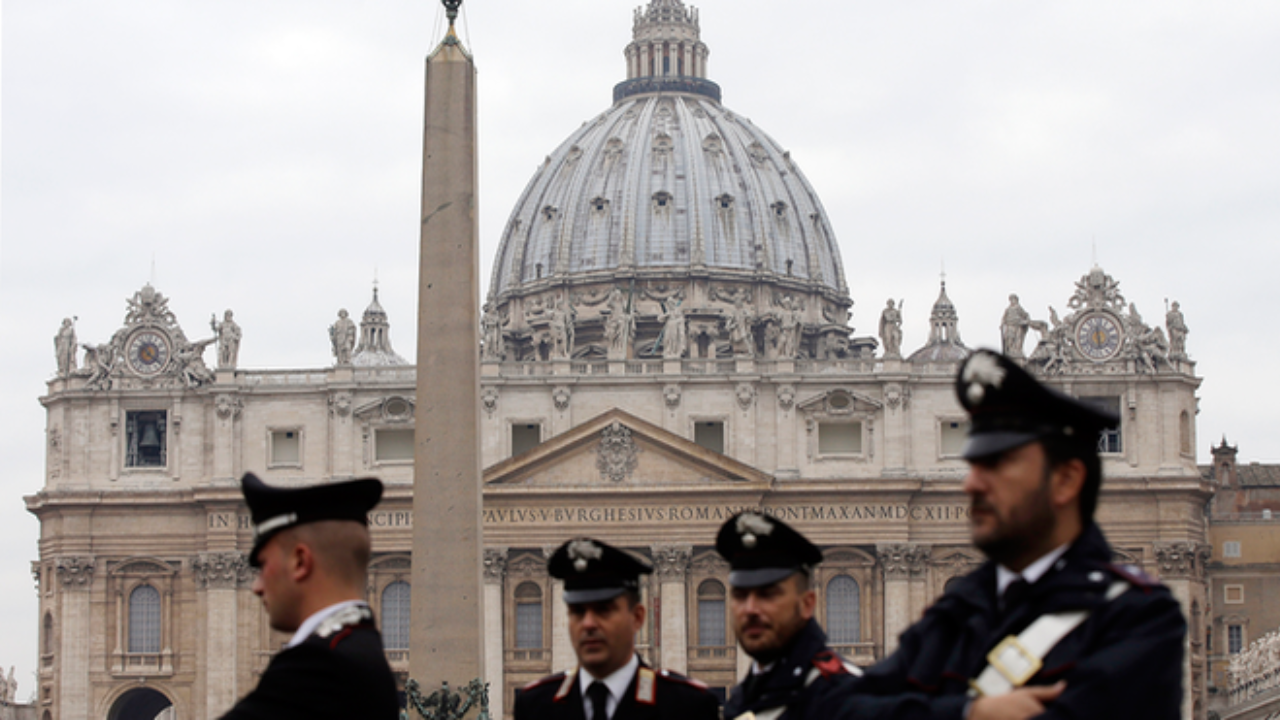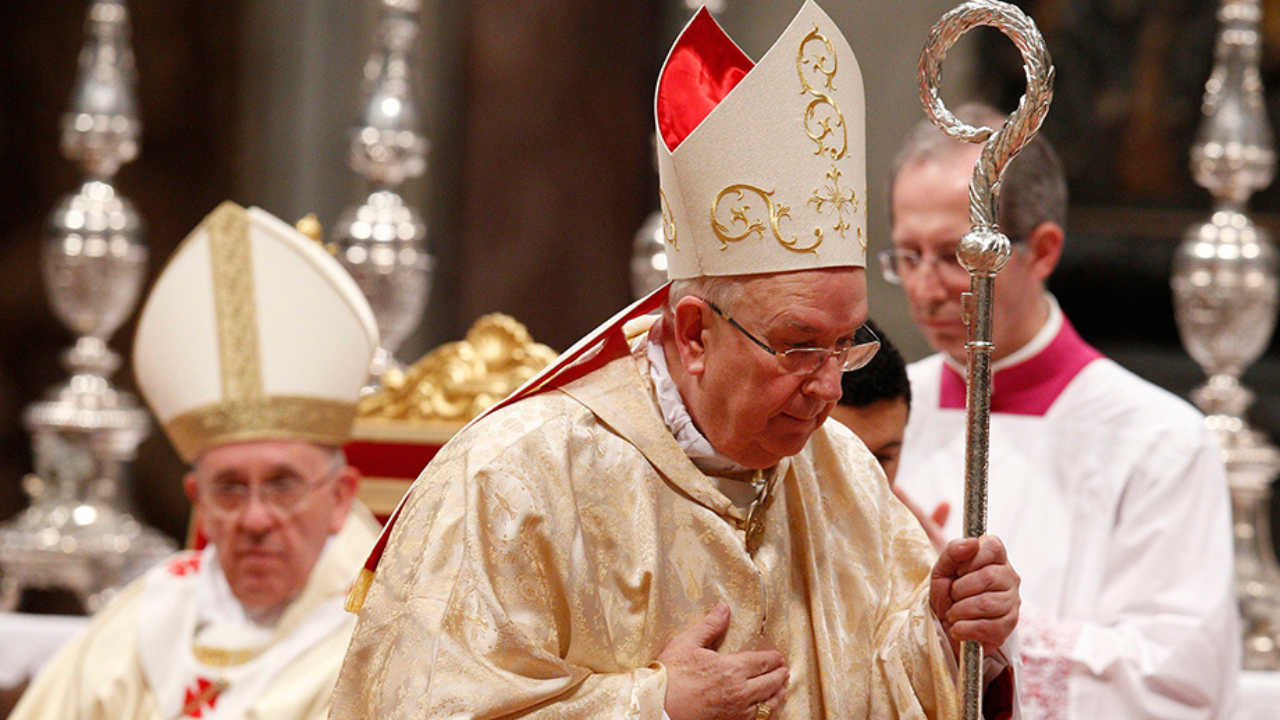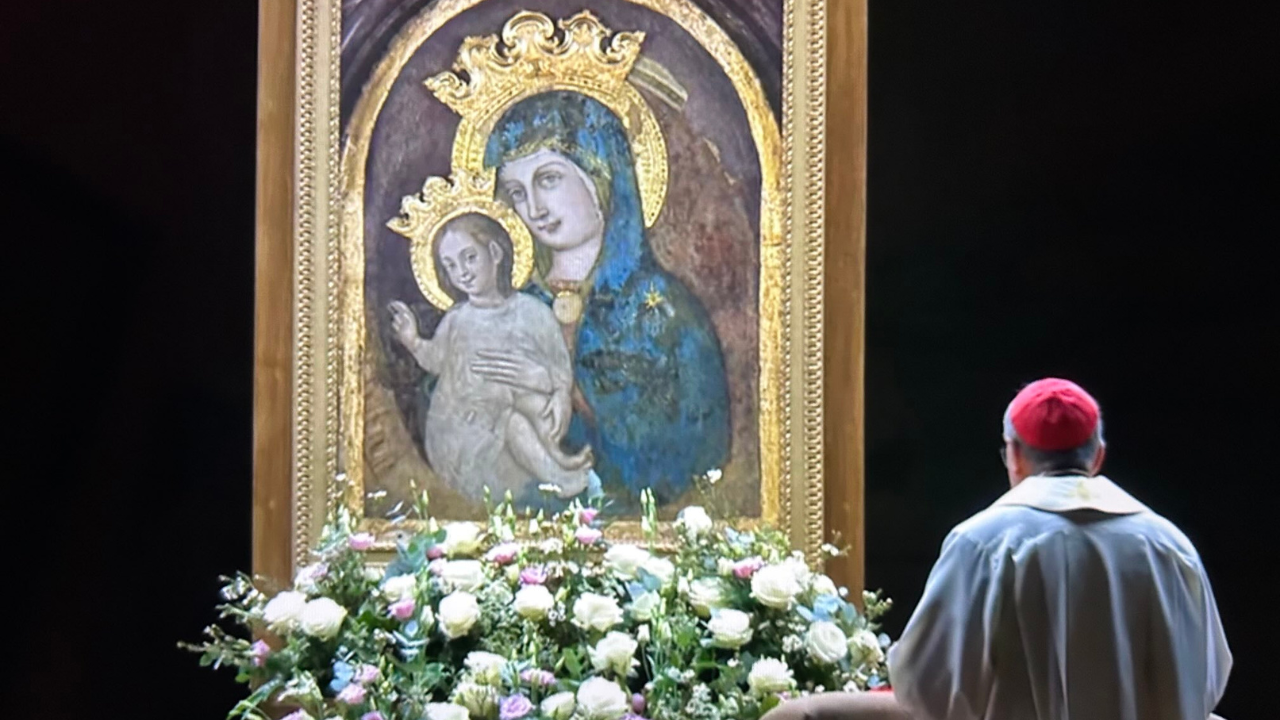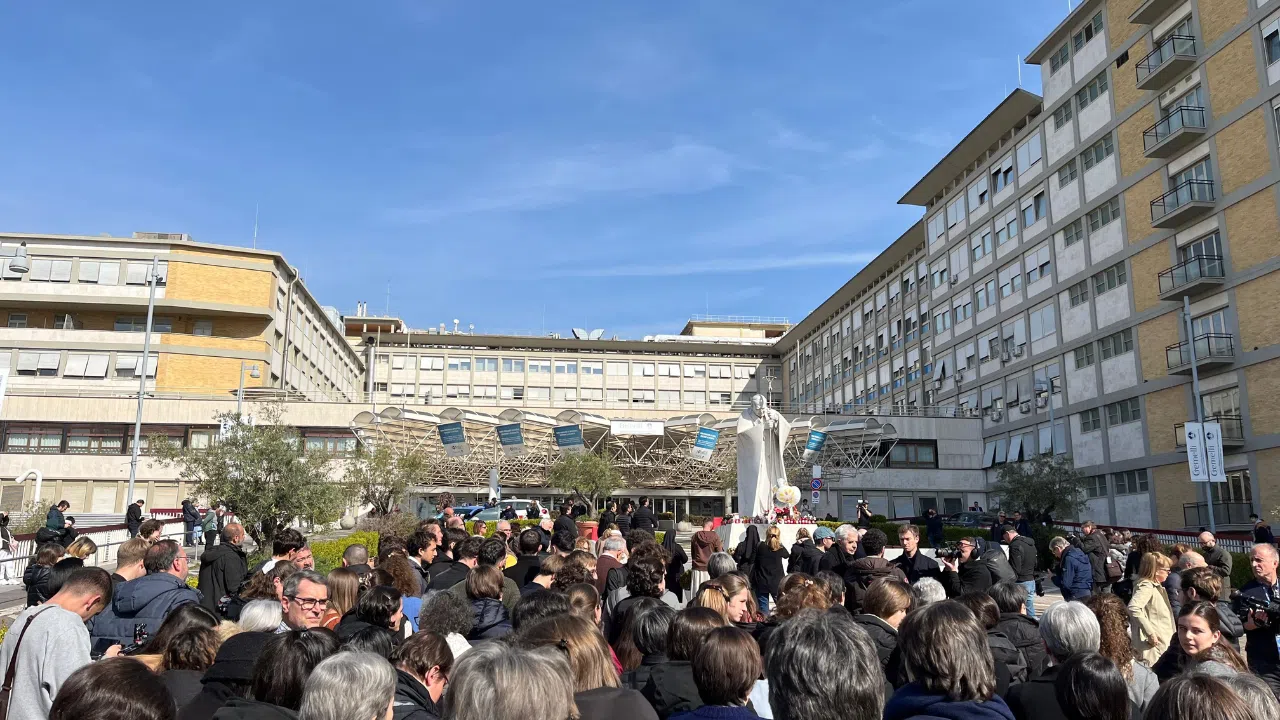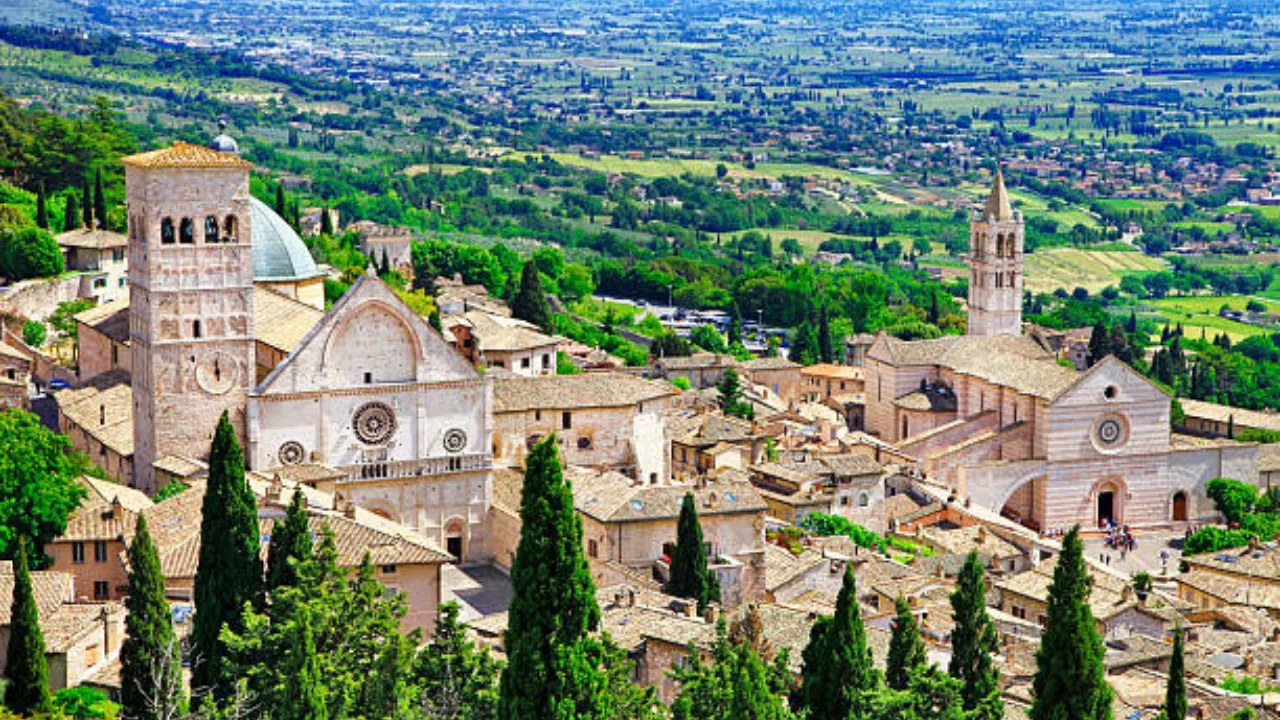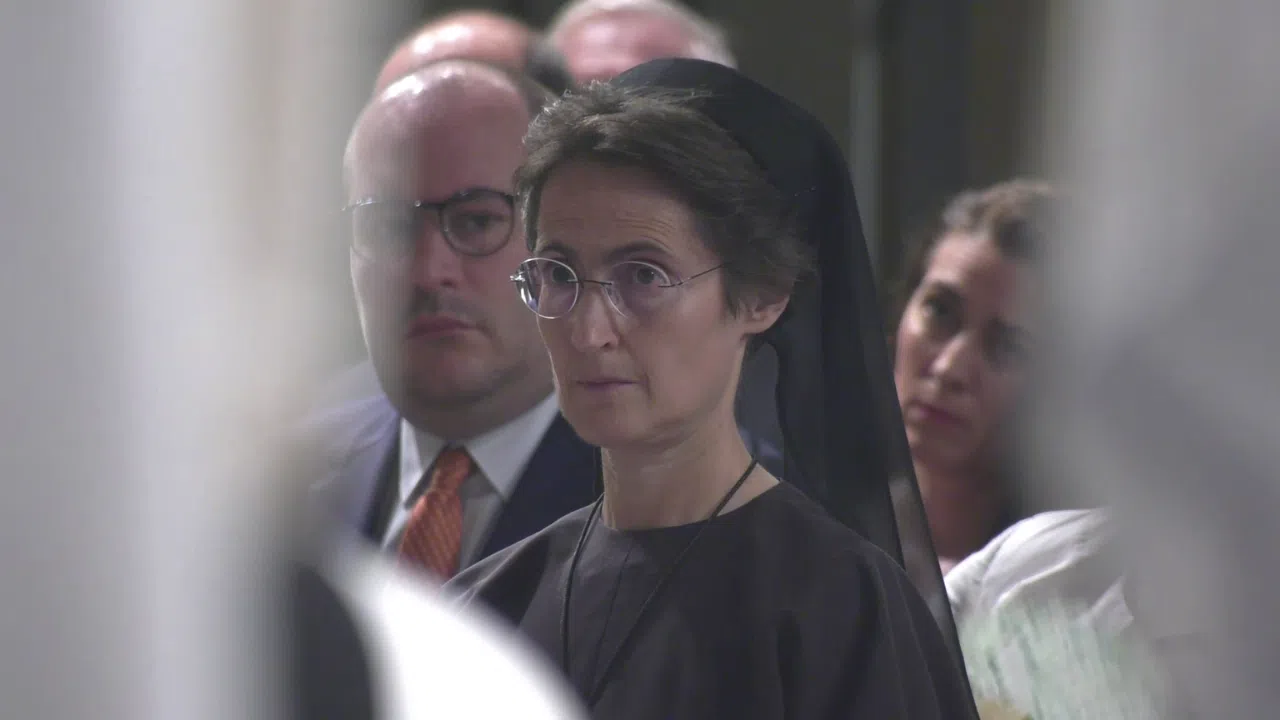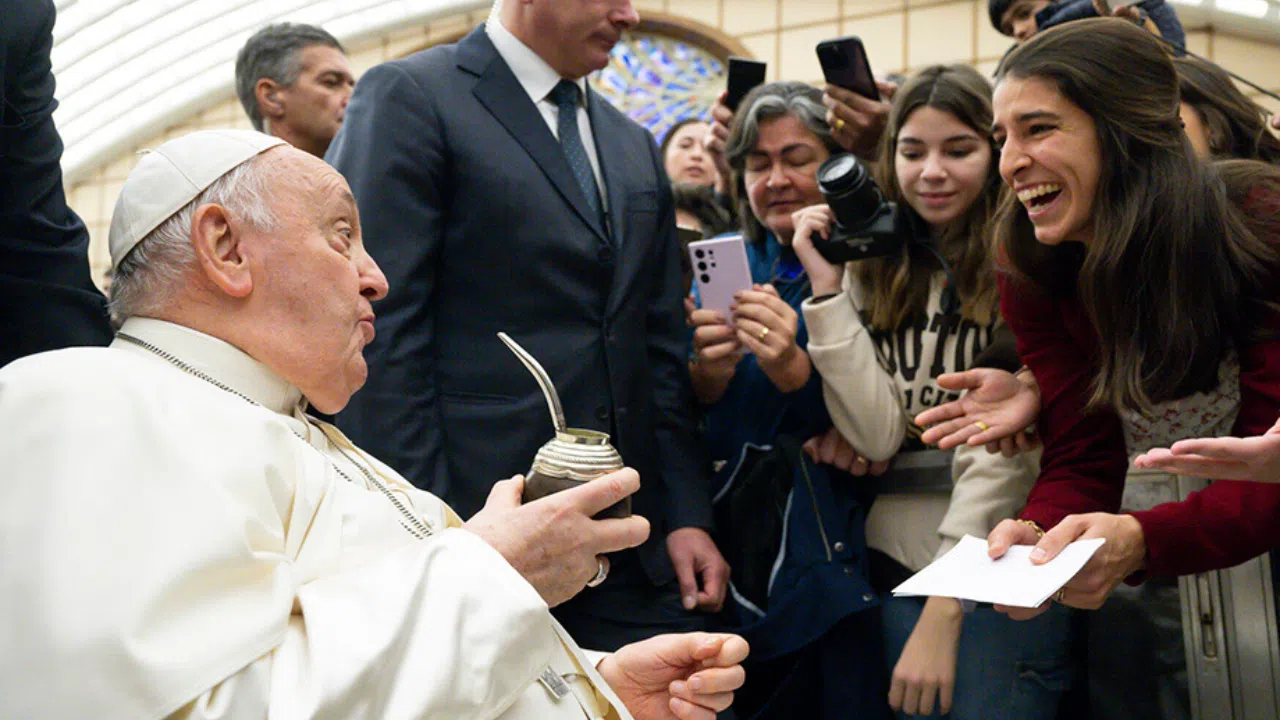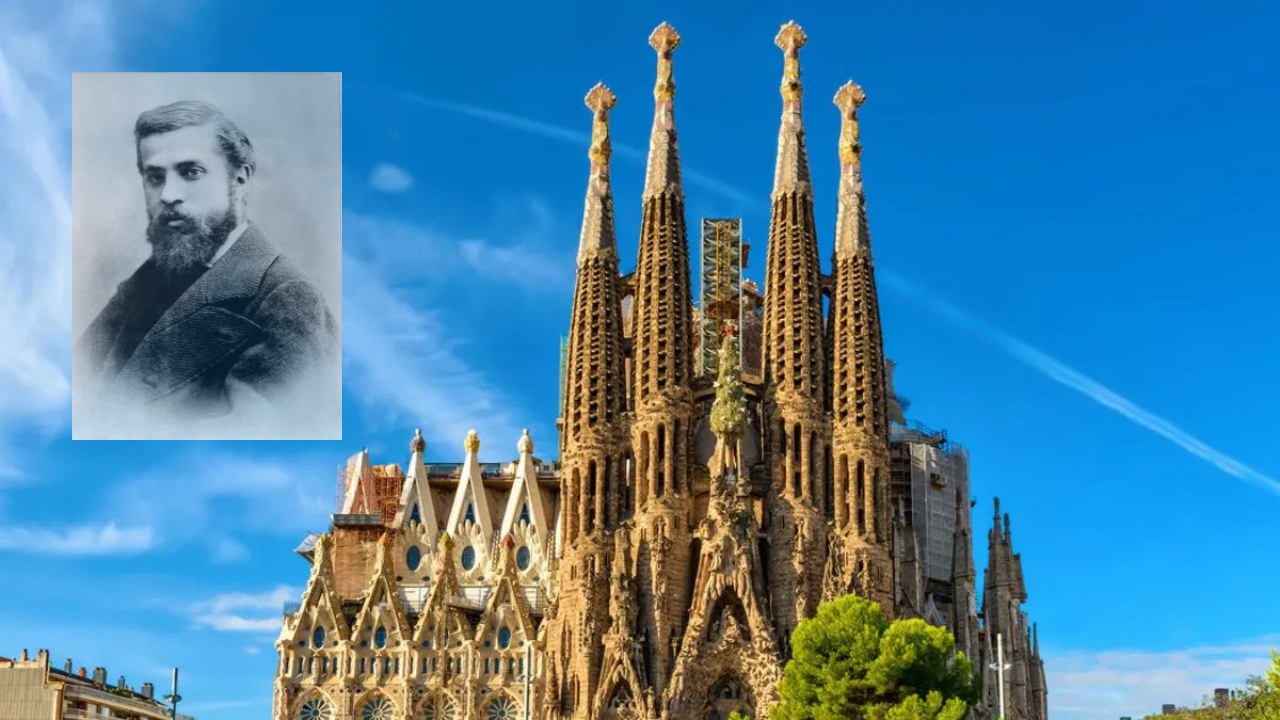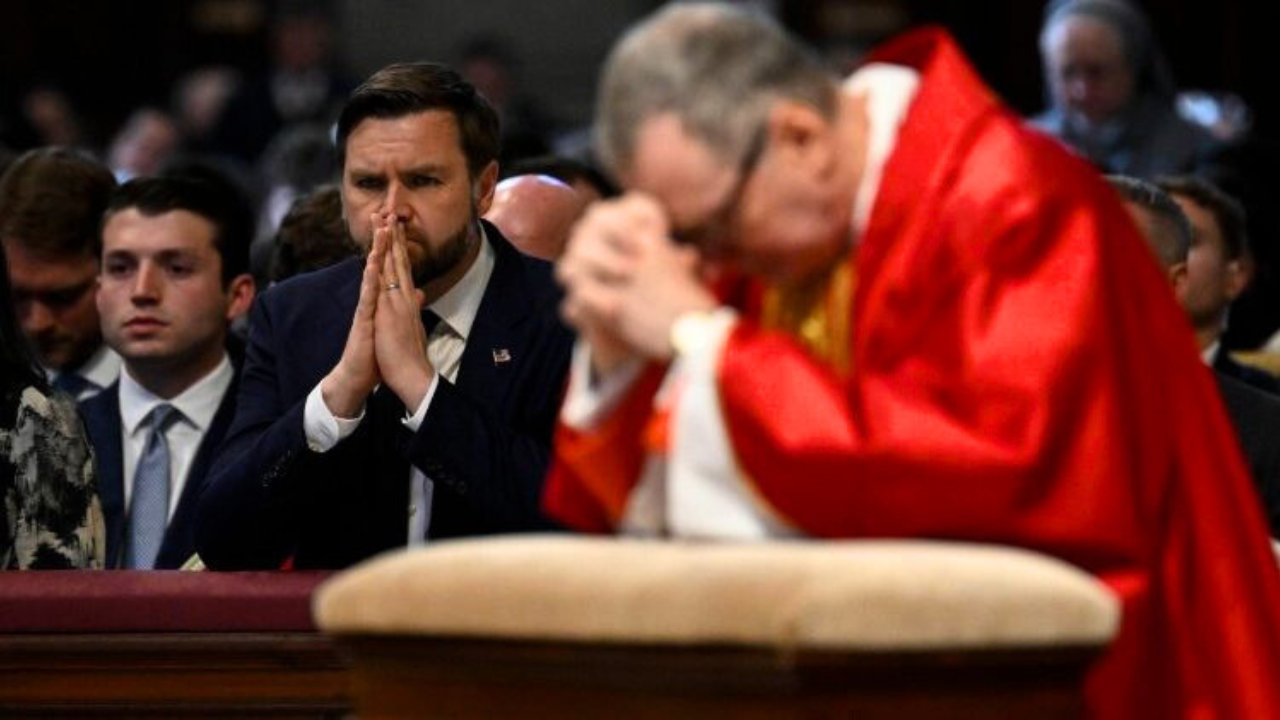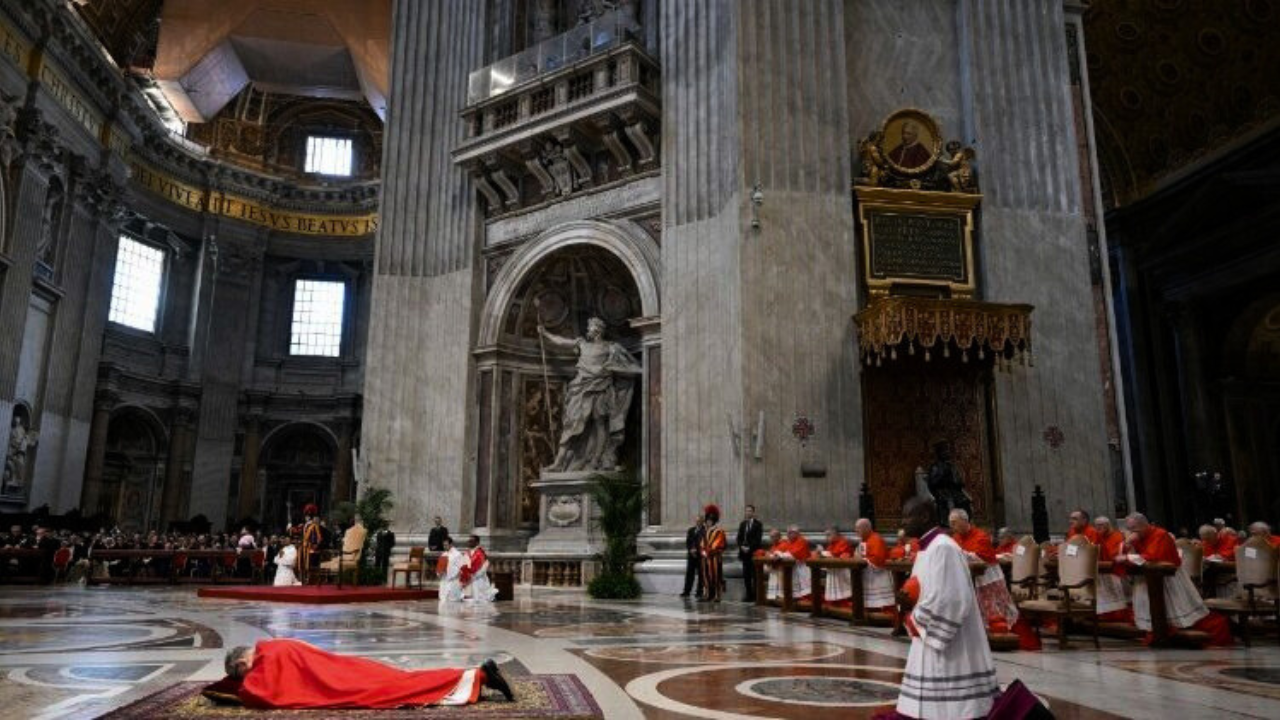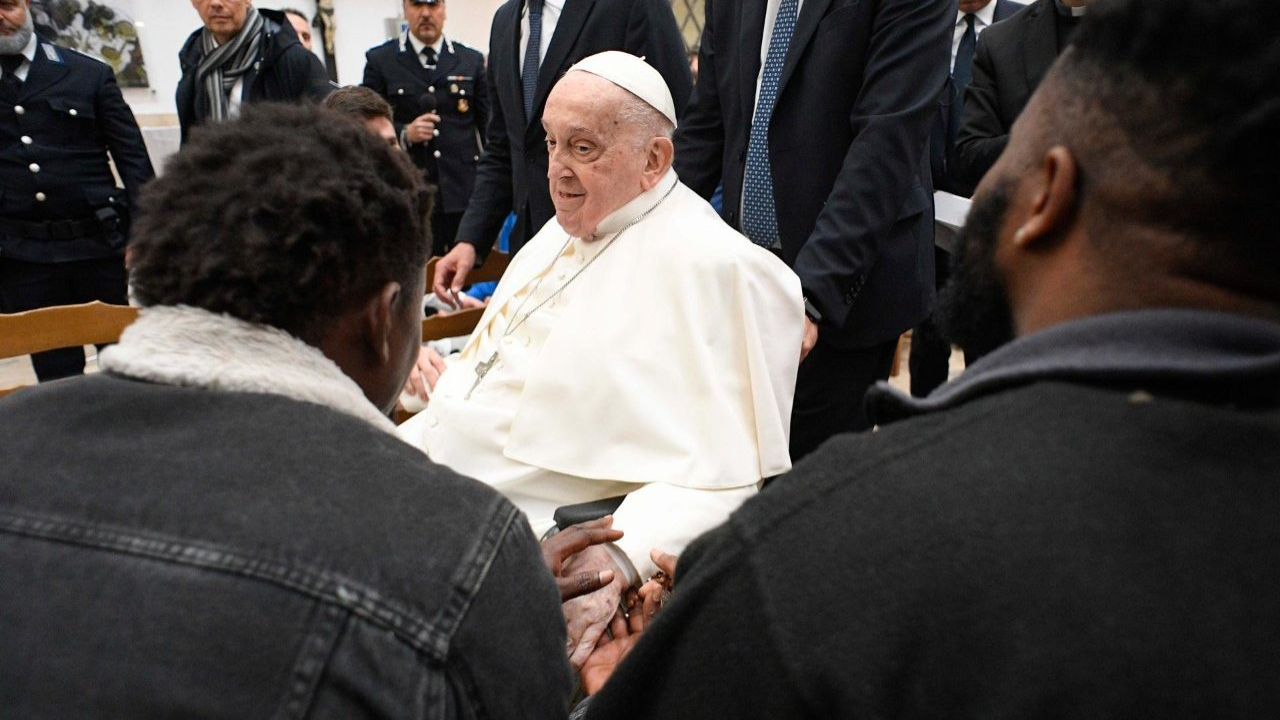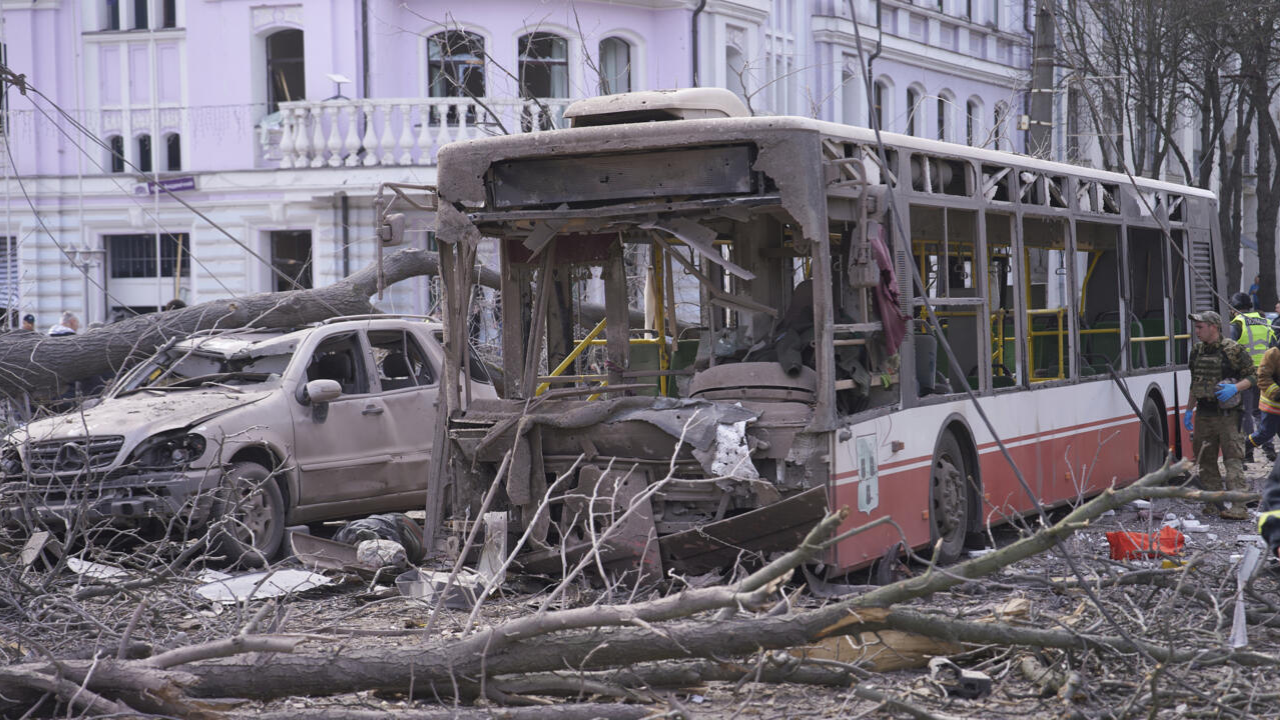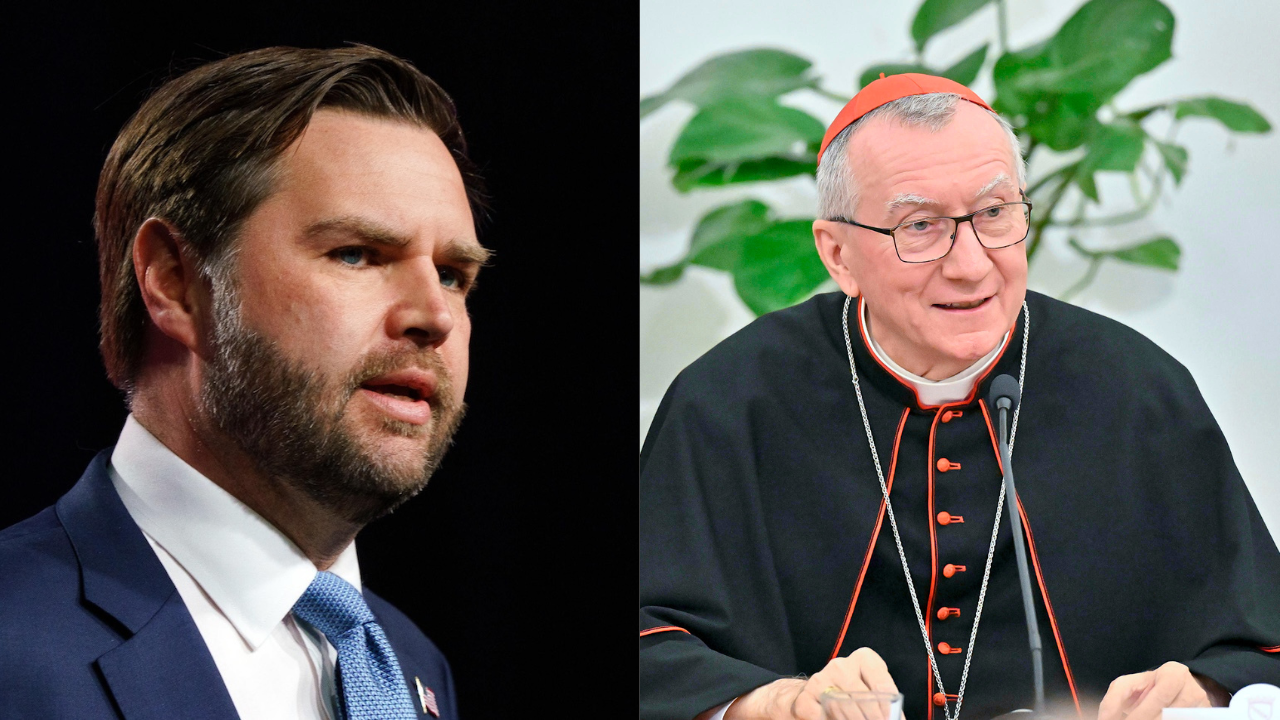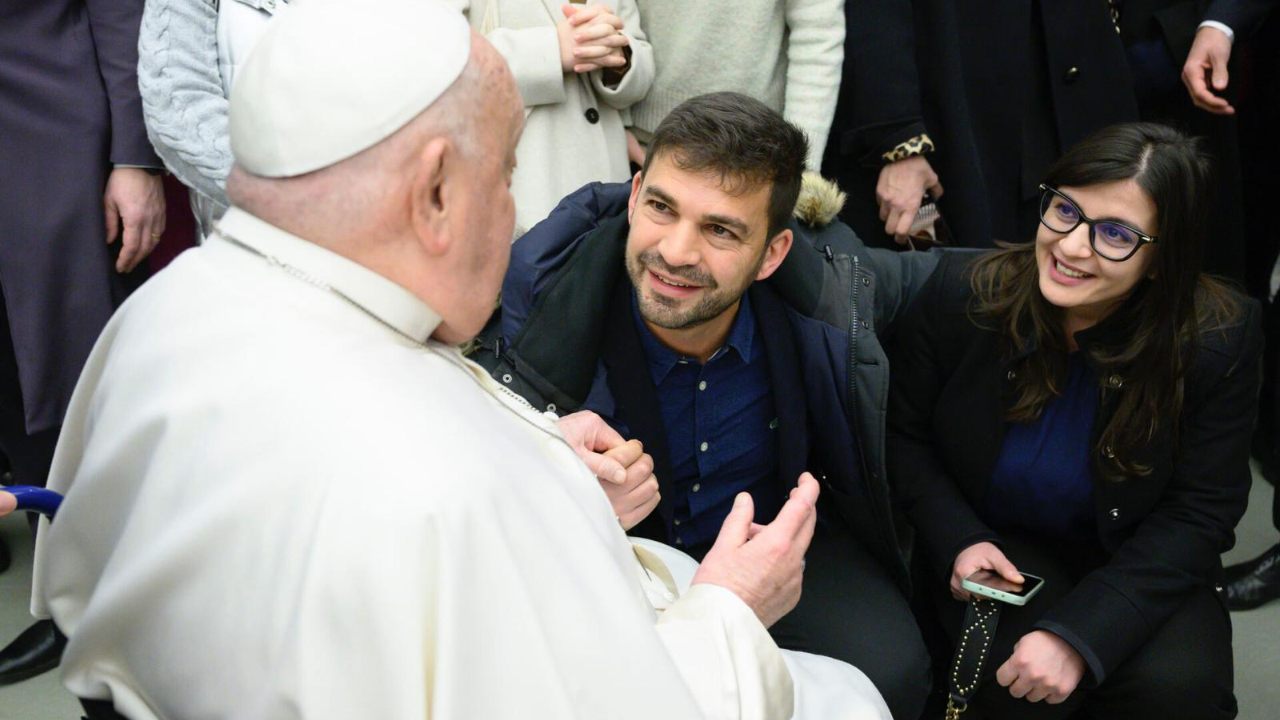After praying the Angelus, the Pope announced a change to the synod that is currently underway worldwide: rather than end with a gathering of bishops in October 2023, they will meet for a second meeting in October 2024.
The aim is to further develop the idea of synodality, which is central theme of these meetings.
POPE FRANCIS
The fruits of the synodal process underway are many, but so that they fully develop it is necessary not to rush. I hope that this decision may further the understanding of synodality as a constitutive dimension of the Church.
In Rome, the synod of bishops will reflect on what synodality is. It is one of the ideas that Pope Francis has most strongly advocated for inside of the Church.
POPE FRANCIS
The path of synodality is the path that God hopes for the Church of the third millennium.
The synod is characterized by shaping how the united Church makes decisions, proposing that in order to discern God's will in certain contexts, the Church's decision makers—bishops and the pope—must listen to the voice of the people of God.
That's why the synod seeks input from all of the faithful at all levels of the Church.
FR. CARLOS MARTÍNEZ OLIVERAS Theologian
The Pope always, even in his exhortation, “Evangelii Gaudium,” talks about “all, some and one.” These are the three levels of listening. First we must listen to the entire people of God.
Then the Synod of Bishops must have a moment of discernment, in which the bishops have to accept their responsibility to be pastors of God's people, and then they communicate their conclusions to the Pope, who decides what to do.
That is how the synod is currently structured, though it is subject to change in the future. The idea of synodality is not new. Its roots come from the New Testament, and it was Pope Paul VI who instituted the synod of bishops as an advisory body formed by the world's bishops whose role is to advise the pope.
JRB TR: JM
